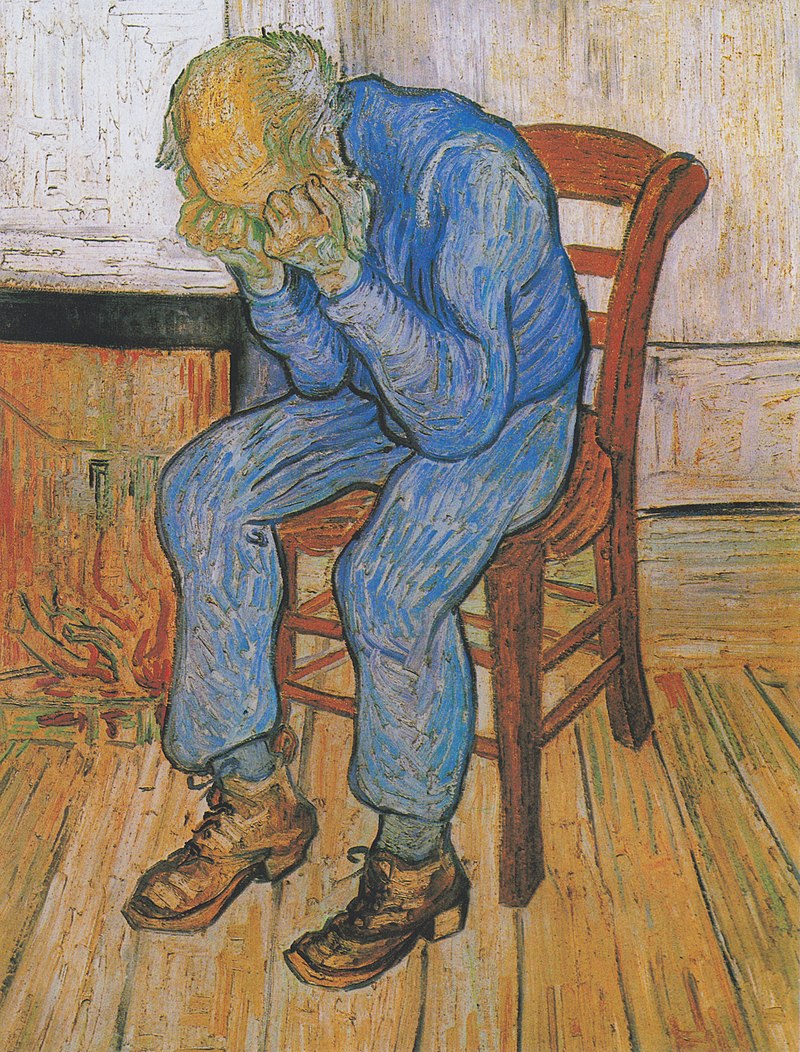Major depressive disorder (MDD), commonly referred to as depression, is a mental state characterized by low mood and a range of symptoms that affect daily functioning. It is expected to be the leading cause of disease burden worldwide by 2030.
History and Diagnostic Criteria
The term “major depressive disorder” was first used in the 1970s and added to the Diagnostic and Statistical Manual of Mental Disorders (DSM) in the 1980s. The current DSM-5 outlines nine criteria for diagnosing MDD:
- Low mood most of the day, nearly every day.
- Anhedonia (loss of interest or pleasure in most activities).
- Significant weight loss or gain.
- Insomnia or hypersomnia.
- Fatigue or loss of energy.
- Psychomotor retardation (slowing down of thought and physical movements).
- Feelings of worthlessness or inappropriate guilt.
- Reduced ability to concentrate.
- Recurrent thoughts of death or suicide.
A diagnosis requires at least five of these symptoms to be present for at least two weeks, causing significant distress or impairment in functioning, and not attributable to substance abuse or another medical condition.
Causes and Risk Factors
MDD is thought to be caused by a combination of genetic, environmental, and psychological factors:
- Genetics: Approximately 40% of the risk is genetic, with a high concordance rate in monozygotic twins. Family history is a known risk factor.
- Environmental Factors: Stressful life events, childhood abuse, and chronic medical conditions or substance abuse can increase the risk.
- Diathesis-Stress Model: Suggests that a pre-existing vulnerability combined with a stressful event increases the likelihood of developing depression.
Theories and Pathophysiology
Several theories attempt to explain the mechanisms underlying MDD:
- Monoamine Theory: Suggests a deficiency in neurotransmitters like serotonin, dopamine, and norepinephrine. However, lower serotonin levels alone do not cause depression, and antidepressants take weeks to have an effect despite quickly increasing neurotransmitter levels.
- Hypothalamic-Pituitary-Adrenal (HPA) Axis Abnormalities: People with depression often have elevated cortisol levels and less dexamethasone suppression.
- Thyroid and Growth Hormone Levels: Abnormal levels are linked to depression.
- Immune System Abnormalities: Excessive cytokine release has been implicated, with symptoms improving on non-steroidal anti-inflammatory drugs (NSAIDs) and normalization of cytokine levels after treatment.
Prevalence and Demographics
The lifetime risk of developing MDD is around 12%, with females nearly twice as likely to be affected as males. The mean age of onset is 40, but depression is becoming more common in younger people.
Diagnosis and Severity Assessment
In addition to the DSM-5 criteria, the ICD-11 is used primarily in Europe. The severity of depression can be gauged using scoring systems like the Patient Health Questionnaire-9 (PHQ-9).
Comorbidities
Depression is often accompanied by other disorders, including anxiety, substance misuse (especially alcohol), ADHD, PTSD, and chronic pain.
Treatment
Lifestyle Modifications:
- Exercise
- Healthier diet
- Limiting alcohol and stopping drug use
- Developing a regular schedule
Psychotherapy:
- Cognitive Behavioral Therapy (CBT): Effective and often first-line, especially for patients under 18.
- Interpersonal Therapy (IPT)
Pharmacological Therapy:
- Selective Serotonin Reuptake Inhibitors (SSRIs): Sertraline, citalopram, fluoxetine.
- Serotonin-Norepinephrine Reuptake Inhibitors (SNRIs): Duloxetine, venlafaxine, especially useful in patients with pain disorders.
- Atypical Antidepressants: Mirtazapine (aids in appetite and sleep regulation).
- Tricyclic Antidepressants (TCAs): Amitriptyline.
- Monoamine Oxidase Inhibitors (MAOIs): Selegiline, less commonly used due to side effects.
Other Treatments:
- Vitamin D Supplementation: May help in those who are deficient.
- COX-2 Inhibitors: Celecoxib has shown effectiveness in some studies.
- Electroconvulsive Therapy (ECT): Most effective for treatment-resistant MDD, inducing seizures to relieve symptoms. Effective in around 50% of patients, though relapse rates are high within 12 months.
